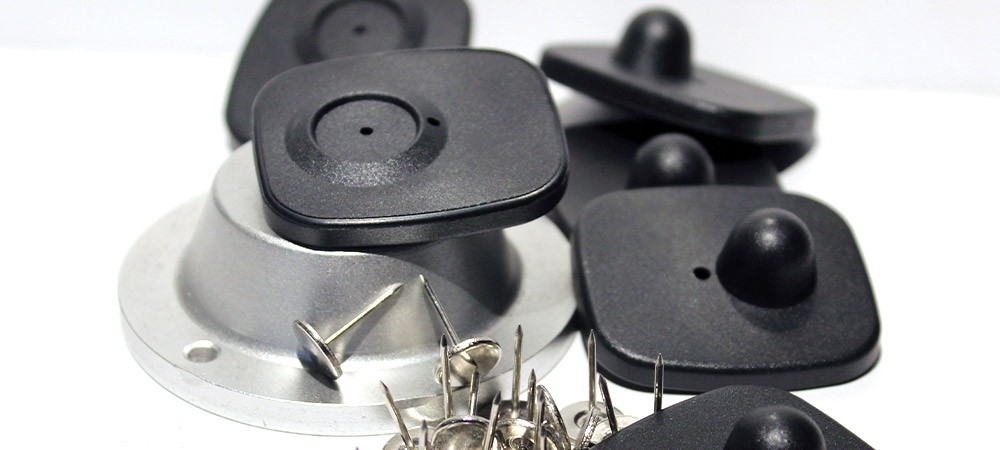
Four things you need to know about security tag alarms
By far the most effective feature of electronic article surveillance (EAS) is the fact it alerts your staff to a potential theft occurring.
This allows retail staff to get on with the job at hand, without being overly distracted watching the shop floor for shoplifters.
However, there are a series of hints to ensure alarms only sound when they should, and your staff understand exactly what each alarm means.
So here are four things you need to know about security tag alarms…
The importance of EAS best practice
EAS as a retail loss prevention solution is hugely popular and extremely effective. The system sees security tags and/or security labels affixed to products and when they enter a zone near the store exit, an alarm automatically sounds to alert staff a theft may be occurring.
That said, the system is only as good as the policies, procedures and education that surround it.
That means your staff should be educated in how EAS works and follow the correct protocols when it comes to an alarm and its meaning.
Tag pollution

Tag pollution occurs when another retailer fails to properly deactivate a label or remove a tag. When a shopper carrying that item enters your retail environment, it may cause your EAS system to activate.
These days most EAS antenna have a lighting system that indicates whether an alarm is sounding due to an inbound tag, or an outbound tag.
Staff should be educated on what the lighting means on the EAS antenna.
They should also be given protocols to follow when it is likely a tag from another store has activated your alarm, for example, perhaps checking the shopper’s bag.
Alarm fatigue
Every time an EAS antenna sounds an alarm, it means something. But sometimes stores fail to follow EAS best practice and the alarm sounds so often that staff begin to ignore its potential meaning.
This usually comes down to one of four issues:
- Tag pollution.
- Tags in the no-go zone.
- Failure to properly detach tags or deactivate labels.
- Incorrect checks and inadequate EAS system maintenance.
So, what do each of those mean?
The no-tag zone
The area between and around the EAS antenna is considered a no-tag zone. This an area that should be kept free of tagged or labelled products and even decorations with a high foil content.
If tagged or labelled items are positioned in this area, it is likely to cause the EAS antenna to sound.
The “No Tag” zone is generally within six feet of the EAS system.
As a simple check, stretch your arms out like you are doing a star jump, and make sure there are no security tags within, or just out of your reach, all around each pedestal.
In over 90 per cent of reported cases of false alarming, alarms are caused by a tag within the vicinity of the antenna.
Failure to properly detach tags or deactivate labels

In order to stop the EAS system from sounding an alarm when an item exits the store, security tags need to be detached at the point of sale, while labels need to be deactivated.
Staff should be properly trained on exactly how to do this effectively, and should also be given adequate tools to do so.
Detachers are usually anchored to the POS, while deactivators can be incorporated into the scanning area of the checkout so that the label is deactivated at the same time as the barcode is processed during a sales transaction.
Daily checks
As a valuable piece of equipment that is designed to protect a retailer from loss, your EAS system should be checked daily and serviced when required.
Your manufacturer likely has guidelines for exactly what checks and servicing needs to occur, but as a minimum, the system should be checked prior to store opening each morning to ensure the system is powered up and working correctly.
At the same time, staff should also ensure the label deactivator is switched on.
You can learn more about EAS best practice to reduce false alarms here, or view our range of security tags here, and security labels here.


